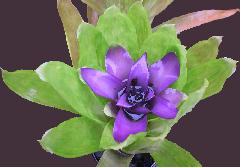
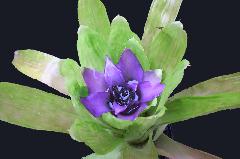
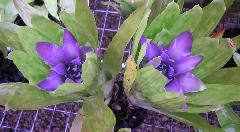
From Derek ... "I am currently discussing this plant with the Kiwis. Ruby Ryde believes it is a Nidularium procerum, as she has collected the true Nidularium antoineanum in Brazil.
The Kiwis were told that it was Nidularium procerum by person/s unknown.
I disected the plant and still came to the conclusion it is Nidularium antoineanum and was the only one willing to stick out my neck in writing. It seems to be between these species but no one knows how it got to Australia and New Zealand. It has been here for over 20 years!
This bract colour changing from red to blue after flowering is to my mind unique and this plant needs a cultivar name. With tongue in cheek I have suggested 'Litmus Paper' because it aptly describes what happens but I am not sure if this will be the final name. I'll keep you in touch with developments."
Post Script : This has now been listed in the BSI register as "Litmus".
From FCBS : "A plant circulating in the USA, AU & NZ as antoineanum. Nobody knows who identified it but it seems closely related to procerum. Its name reflects its unique habit where the primary bracts are red at anthesis but as the inflorescence ages these turn blue."
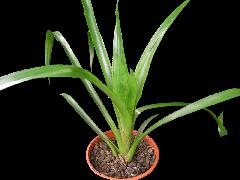
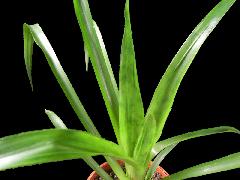
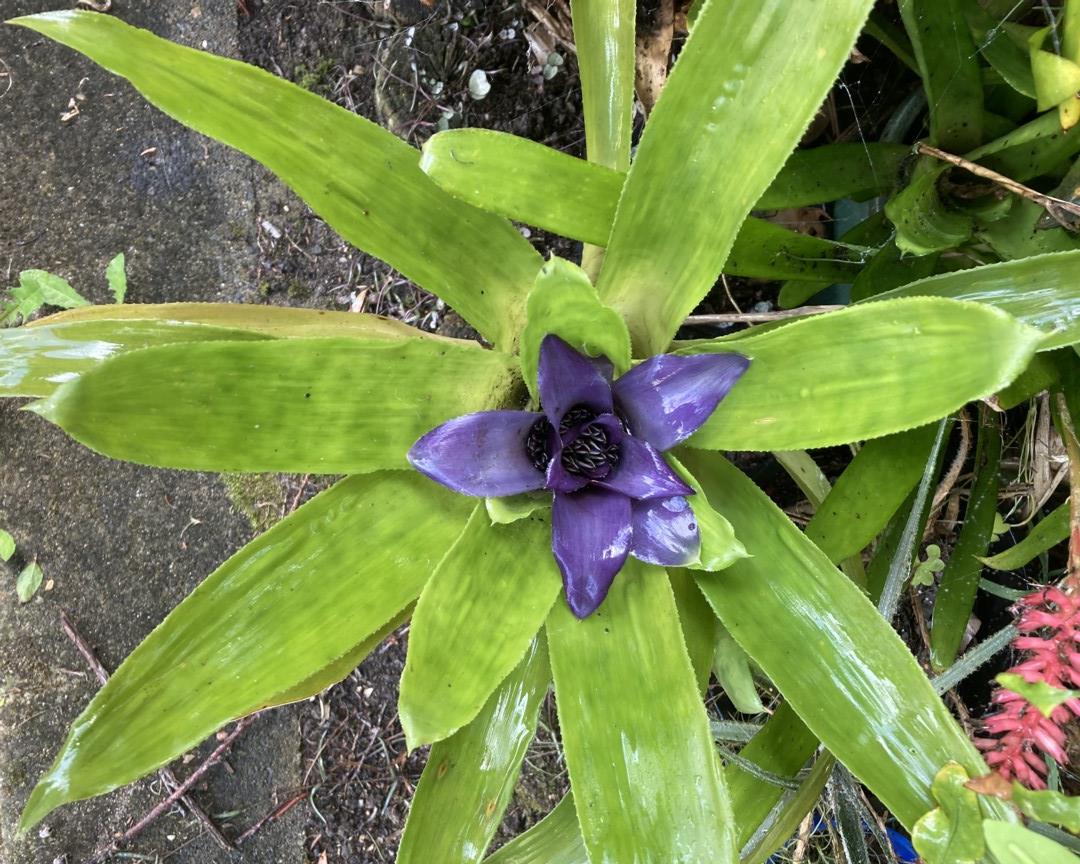
Nidularium 'Litmus' by Peter Waters in 'Bromeliad' Journal of BSNZ, 46(1):17. 2006. For many years we have grown an interesting Nidularium in New Zealand that has the unusual trait of the primary bracts changing from red to blue after anthesis (flowering). It has been known as Nidularium antoineanum, which is a species from southeastern Brazil. About seven or eight years ago, I was comparing some of my Nidulariums with their descriptions in Smith and Downs, and I noticed that there was no mention of the unusual primary bract colour. I wondered if maybe the name was not correct so I dissected the inflorescence and compared measurements and details with the monograph. One of the obvious differences was the sepal length, 23mm instead of 11 to 13mm. I sent all the findings to Elton Leme in Brazil for his opinion and he said that it was not Nid. antoineanum, but possibly related to Nidularium procerum.
I mentioned this in our Journal sometime later and consequently stirred up some action in Australia. Derek Butcher said that he could find nothing to convince him it wasn't Nid. antoineanum. In the interim Elton had published his new book 'Nidularium' and I assumed that perhaps a broadened description had encompassed our plant and that Derek had found that it was now included in this species.
Recently renewed interest by some members raised the question again of the true identity and I decided to have another look at it, relative to the updated description. However once again I came to the same result, it did not seem to me that it could be Nid. antoineanum. I emailed Elton with photos and details and he said that he now knew the plant, and had in fact a specimen of it he was given in the United States. He reiterated that it was one of the many variations of Nid. procerum. The size and shapes of the sepals and floral bracts, and the distinctive colour of the calyx was typical of Nid. procerum. The fruits tend to turn bluish, while in Nid. antoineanum, they remain white. Derek suggested that we should give the plant a cultivar name to save further confusion and he came up with 'Litmus Paper', which as most people know, is a test for pH and changes from red to blue, or vice-versa. I think it is very apt, but I propose that we call it Nidularium 'Litmus' which is a little more succinct. I have seen this bromeliad in Australia and in Florida, so it is a widespread cultivar and I guess it will take some time for a complete name change to be effected, but we hope that eventually Nid. antoineanum will only be used for the correct species.